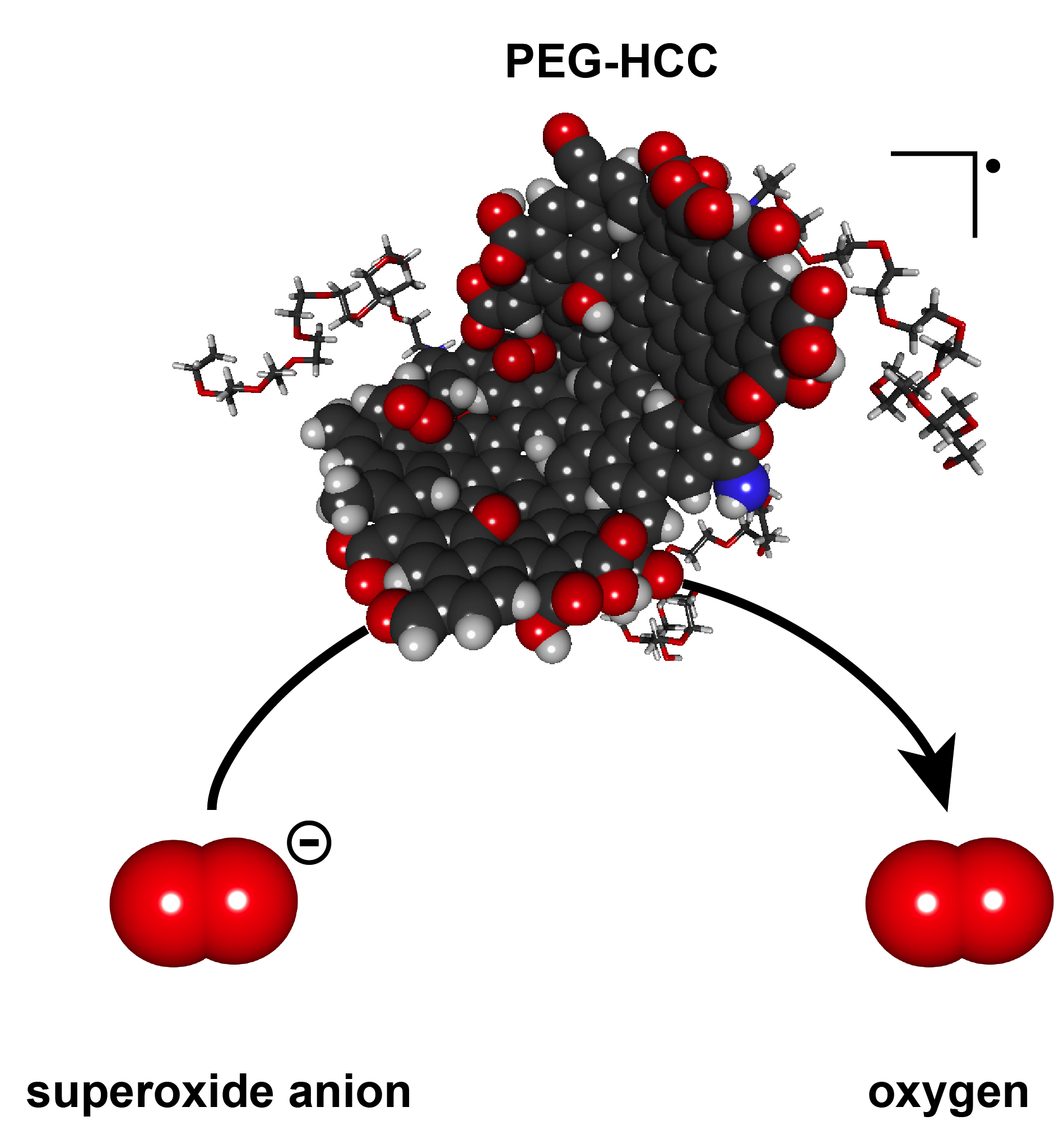The Fred Hutchinson Cancer Research Centre in Seattle, Washington has announced a proposed cancer treatment using nanoparticle-programmed T cells according to an April 12, 2017 news release (received via email; also on EurekAlert), Note: A link has been removed,
Researchers at Fred Hutchinson Cancer Research Center have developed biodegradable nanoparticles that can be used to genetically program immune cells to recognize and destroy cancer cells — while the immune cells are still inside the body.
In a proof-of-principle study to be published April 17 [2017] in Nature Nanotechnology, the team showed that nanoparticle-programmed immune cells, known as T cells, can rapidly clear or slow the progression of leukemia in a mouse model.
“Our technology is the first that we know of to quickly program tumor-recognizing capabilities into T cells without extracting them for laboratory manipulation,” said Fred Hutch’s Dr. Matthias Stephan, the study’s senior author. “The reprogrammed cells begin to work within 24 to 48 hours and continue to produce these receptors for weeks. This suggests that our technology has the potential to allow the immune system to quickly mount a strong enough response to destroy cancerous cells before the disease becomes fatal.”
Cellular immunotherapies have shown promise in clinical trials, but challenges remain to making them more widely available and to being able to deploy them quickly. At present, it typically takes a couple of weeks to prepare these treatments: the T cells must be removed from the patient and genetically engineered and grown in special cell processing facilities before they are infused back into the patient. These new nanoparticles could eliminate the need for such expensive and time consuming steps.
Although his T-cell programming method is still several steps away from the clinic, Stephan imagines a future in which nanoparticles transform cell-based immunotherapies — whether for cancer or infectious disease — into an easily administered, off-the-shelf treatment that’s available anywhere.
“I’ve never had cancer, but if I did get a cancer diagnosis I would want to start treatment right away,” Stephan said. “I want to make cellular immunotherapy a treatment option the day of diagnosis and have it able to be done in an outpatient setting near where people live.”
The body as a genetic engineering lab
Stephan created his T-cell homing nanoparticles as a way to bring the power of cellular cancer immunotherapy to more people.
In his method, the laborious, time-consuming T-cell programming steps all take place within the body, creating a potential army of “serial killers” within days.
As reported in the new study, Stephan and his team developed biodegradable nanoparticles that turned T cells into CAR T cells, a particular type of cellular immunotherapy that has delivered promising results against leukemia in clinical trials.
The researchers designed the nanoparticles to carry genes that encode for chimeric antigen receptors, or CARs, that target and eliminate cancer. They also tagged the nanoparticles with molecules that make them stick like burrs to T cells, which engulf the nanoparticles. The cell’s internal traffic system then directs the nanoparticle to the nucleus, and it dissolves.
The study provides proof-of-principle that the nanoparticles can educate the immune system to target cancer cells. Stephan and his team designed the new CAR genes to integrate into chromosomes housed in the nucleus, making it possible for T cells to begin decoding the new genes and producing CARs within just one or two days.
Once the team determined that their CAR-carrying nanoparticles reprogrammed a noticeable percent of T cells, they tested their efficacy. Using a preclinical mouse model of leukemia, Stephan and his colleagues compared their nanoparticle-programming strategy against chemotherapy followed by an infusion of T cells programmed in the lab to express CARs, which mimics current CAR-T-cell therapy.
The nanoparticle-programmed CAR-T cells held their own against the infused CAR-T cells. Treatment with nanoparticles or infused CAR-T cells improved survival 58 days on average, up from a median survival of about two weeks.
The study was funded by Fred Hutch’s Immunotherapy Initiative, the Leukemia & Lymphoma Society, the Phi Beta Psi Sorority, the National Science Foundation and the National Cancer Institute.
Next steps and other applications
Stephan’s nanoparticles still have to clear several hurdles before they get close to human trials. He’s pursuing new strategies to make the gene-delivery-and-expression system safe in people and working with companies that have the capacity to produce clinical-grade nanoparticles. Additionally, Stephan has turned his sights to treating solid tumors and is collaborating to this end with several research groups at Fred Hutch.
And, he said, immunotherapy may be just the beginning. In theory, nanoparticles could be modified to serve the needs of patients whose immune systems need a boost, but who cannot wait for several months for a conventional vaccine to kick in.
“We hope that this can be used for infectious diseases like hepatitis or HIV,” Stephan said. This method may be a way to “provide patients with receptors they don’t have in their own body,” he explained. “You just need a tiny number of programmed T cells to protect against a virus.”
Here’s a link to and a citation for the paper,
In situ programming of leukaemia-specific T cells using synthetic DNA nanocarriers by Tyrel T. Smith, Sirkka B. Stephan, Howell F. Moffett, Laura E. McKnight, Weihang Ji, Diana Reiman, Emmy Bonagofski, Martin E. Wohlfahrt, Smitha P. S. Pillai, & Matthias T. Stephan. Nature Nanotechnology (2017) doi:10.1038/nnano.2017.57 Published online 17 April 2017
This paper is behind a paywall.
